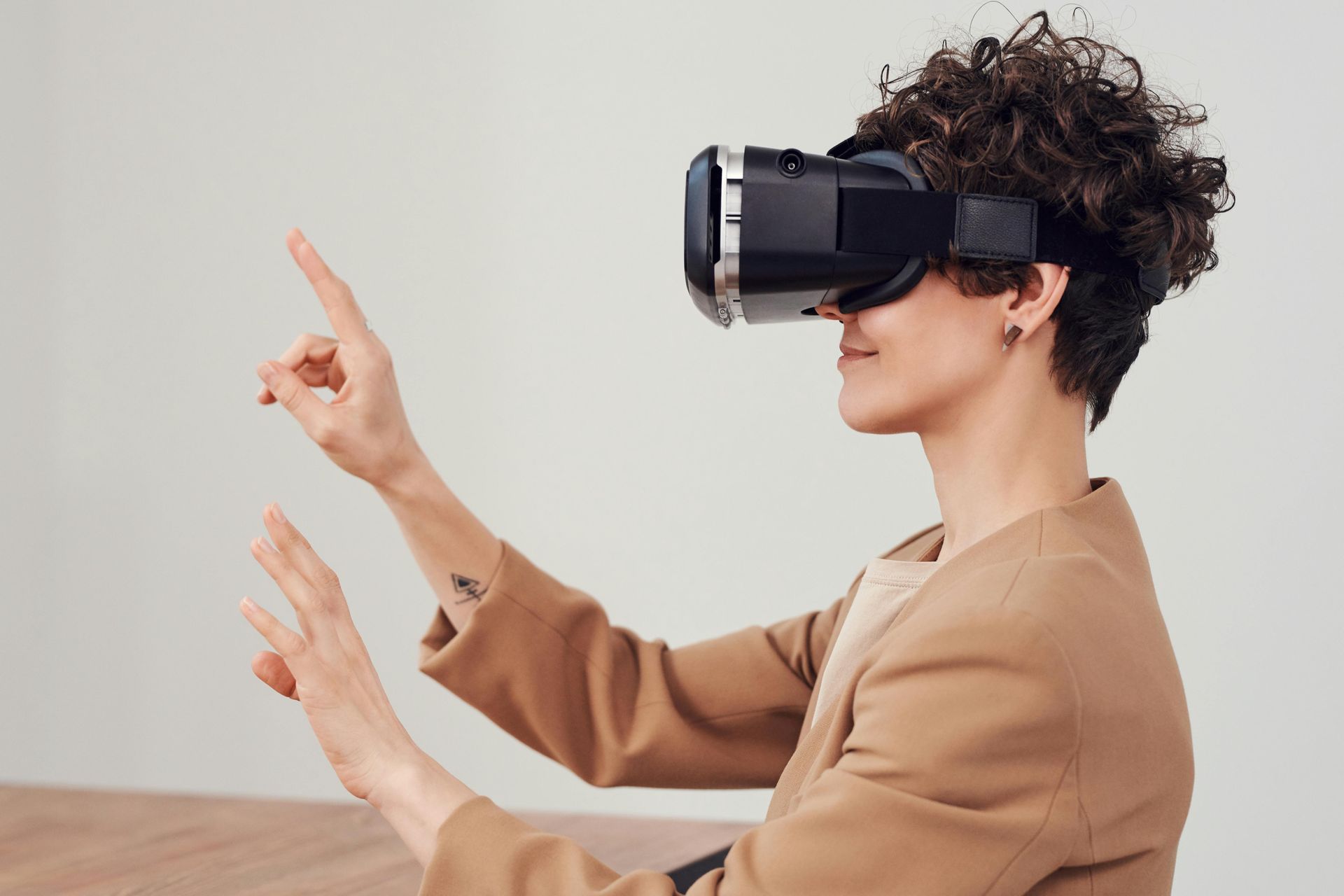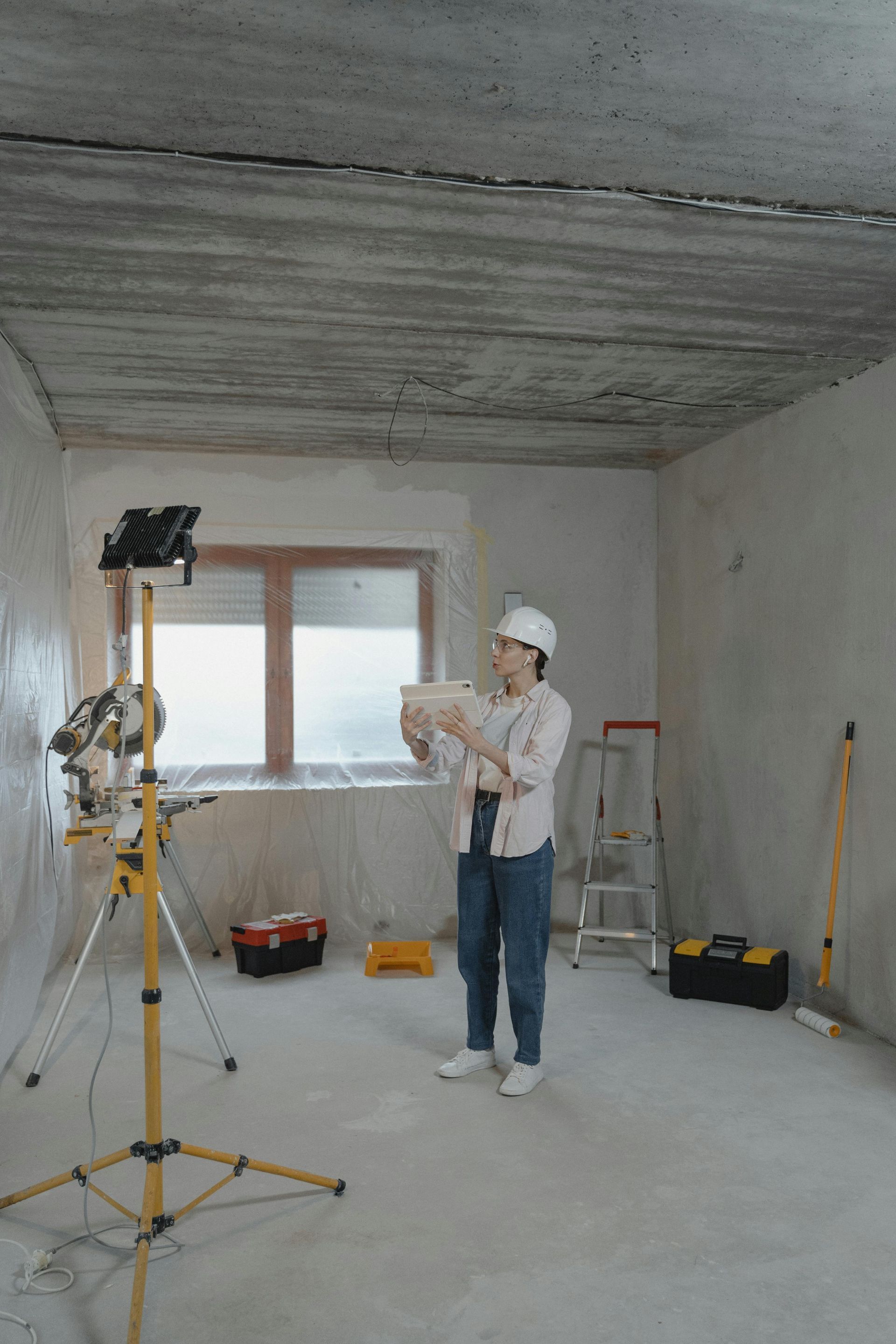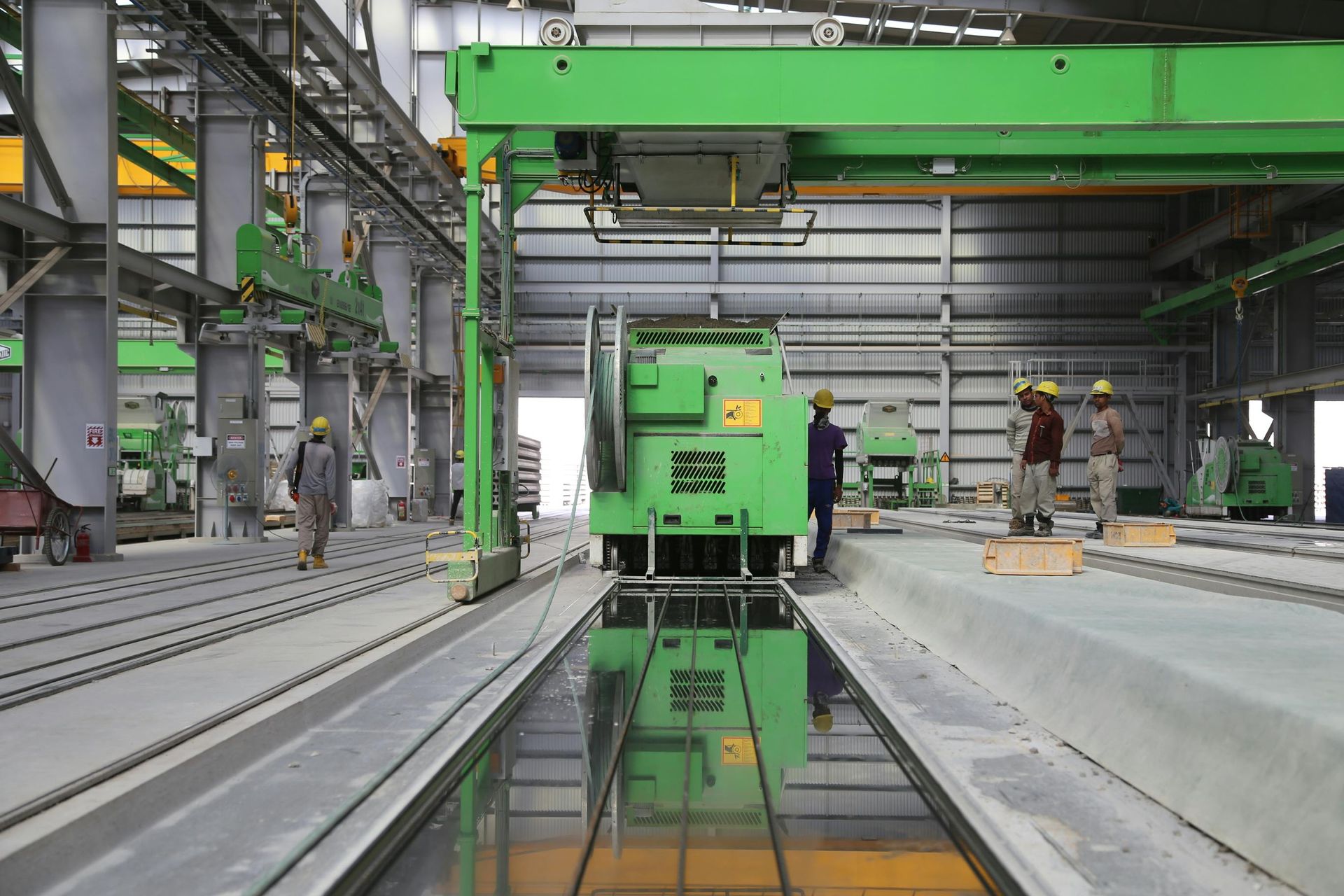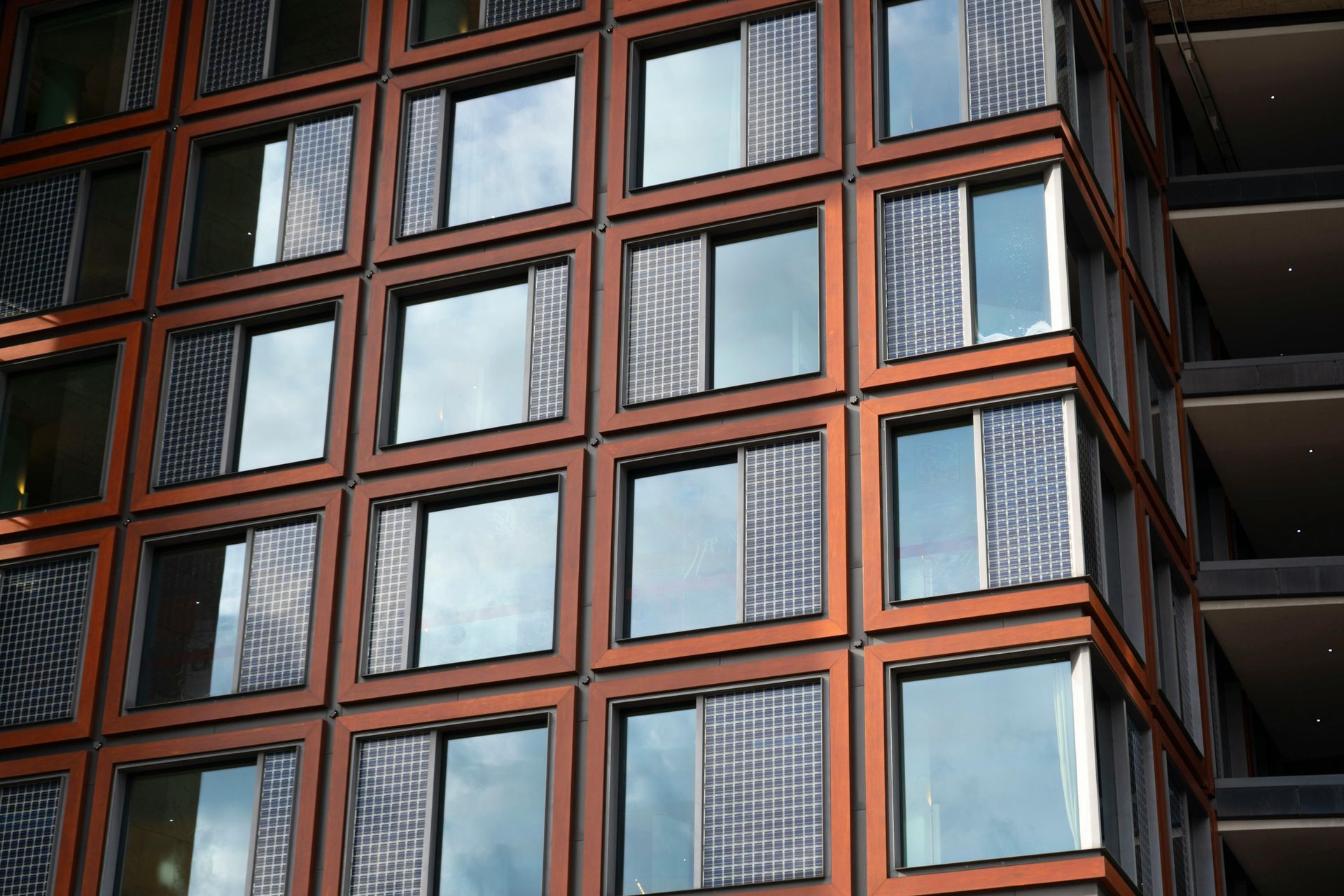By AP
•
January 3, 2025
Make It Human XR – Stakeholder Engagement and Actors' Role Series: Make It Human XR-01 Article: 01/25 Introduction Known for its complexity and reliance on precision, the construction industry is increasingly embracing digital technologies to streamline processes, enhance collaboration, and improve efficiency. Among these technologies, Extended Reality (XR), which includes Virtual Reality (VR), Augmented Reality (AR), and Mixed Reality (MR), has emerged as a powerful tool for revolutionizing construction practices at various stages of a building's lifecycle. By providing immersive and interactive environments, XR technologies enable stakeholders to visualize, simulate, and analyze construction projects in new ways, ultimately leading to smarter decisions, reduced errors, and increased productivity. VR, AR, and MR represent different but complementary approaches to integrating digital information into the physical world. These technologies have found multiple applications in the construction industry, from the design phase, where VR enables immersive simulations, to the operations phase, where AR and MR enhance building systems management and maintenance. As construction projects become more complex, the need for accurate, real-time data and seamless collaboration across teams has never been more critical. XR solutions provide innovative answers to these challenges, offering transformative potential to improve efficiency, reduce costs and promote sustainability in the built environment. This article will explore the different roles that VR, AR, and MR play in construction, and how these technologies are being applied at each stage of a project's lifecycle-from design and planning, to construction, to operations and maintenance. It will also highlight key players, including universities, research organizations, and companies, that are advancing XR in the construction sector. Definitions B efore diving into their applications, it's important to define the core technologies. Virtual Reality. VR is an immersive technology that creates an entirely digital environment, often experienced through headsets or other specialized devices. In the construction industry, VR allows stakeholders to step into a fully realized 3D model of a project before it is built, enabling virtual walkthroughs and simulations. This offers significant benefits in terms of design validation, user experience evaluation, and stakeholder engagement. For example, architects and clients can explore spaces, check dimensions, and visualize different design options in a virtual world, helping to identify potential problems early in the design process. Augmented Reality. AR overlays digital information - such as 3D models, annotations, or real-time data - onto the physical world. AR in construction is often used in the field to assist with tasks such as assembly, inspection, or maintenance. For example, using AR glasses or mobile devices, workers can see digital overlays that provide additional information about a building's components or systems as they interact with the physical space. This improves decision-making and reduces errors during construction and operation by providing real-time, contextual data. Mixed Reality. MR combines elements of VR and AR to create a seamless integration of the digital and physical worlds. MR allows users to interact with both real and virtual objects in real time, providing a more dynamic and interactive experience. In the construction industry, MR is increasingly being used for design collaboration and real-time project visualization. For example, engineers can view and manipulate digital models overlaid on physical components during construction or operation, enabling a more complete understanding of how different systems interact. MR fosters collaboration among multiple stakeholders by allowing them to share and manipulate project data in a common environment, regardless of physical location. Together, VR, AR, and MR are the core components of XR technology, which is rapidly transforming the construction industry by enabling more accurate planning, improved communication, and more informed decision-making at every stage of a project. These technologies are changing the way construction professionals engage with buildings at all stages, providing immersive ways to visualize, interact, and optimize the built environment.







